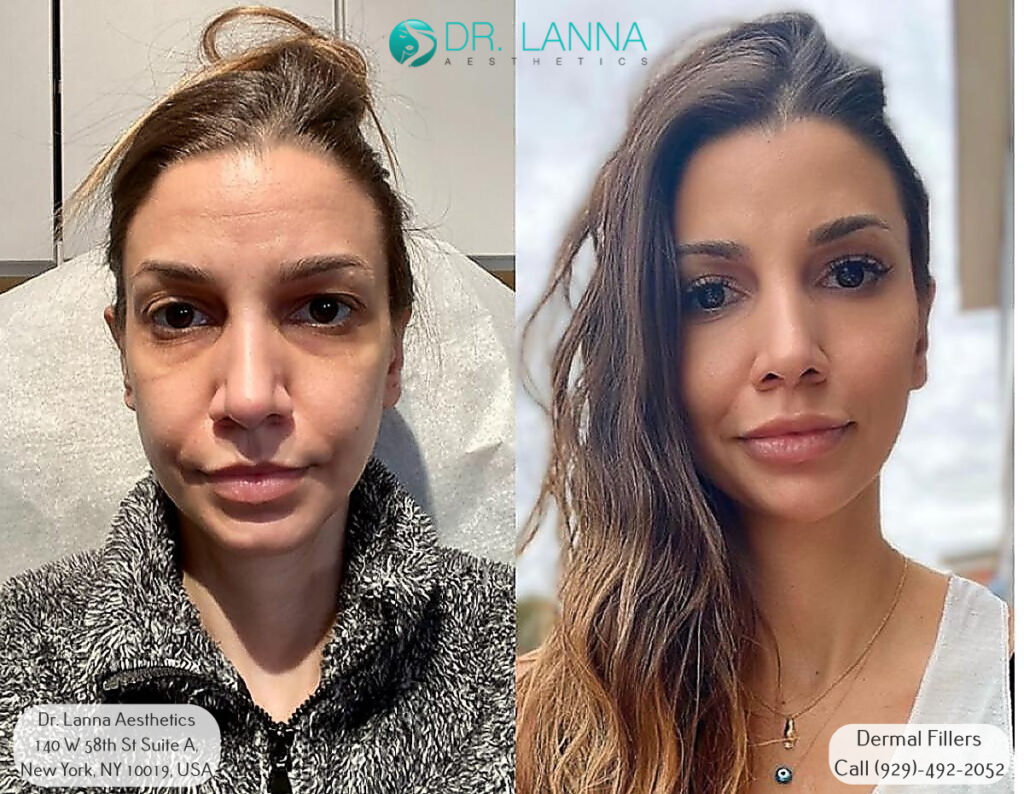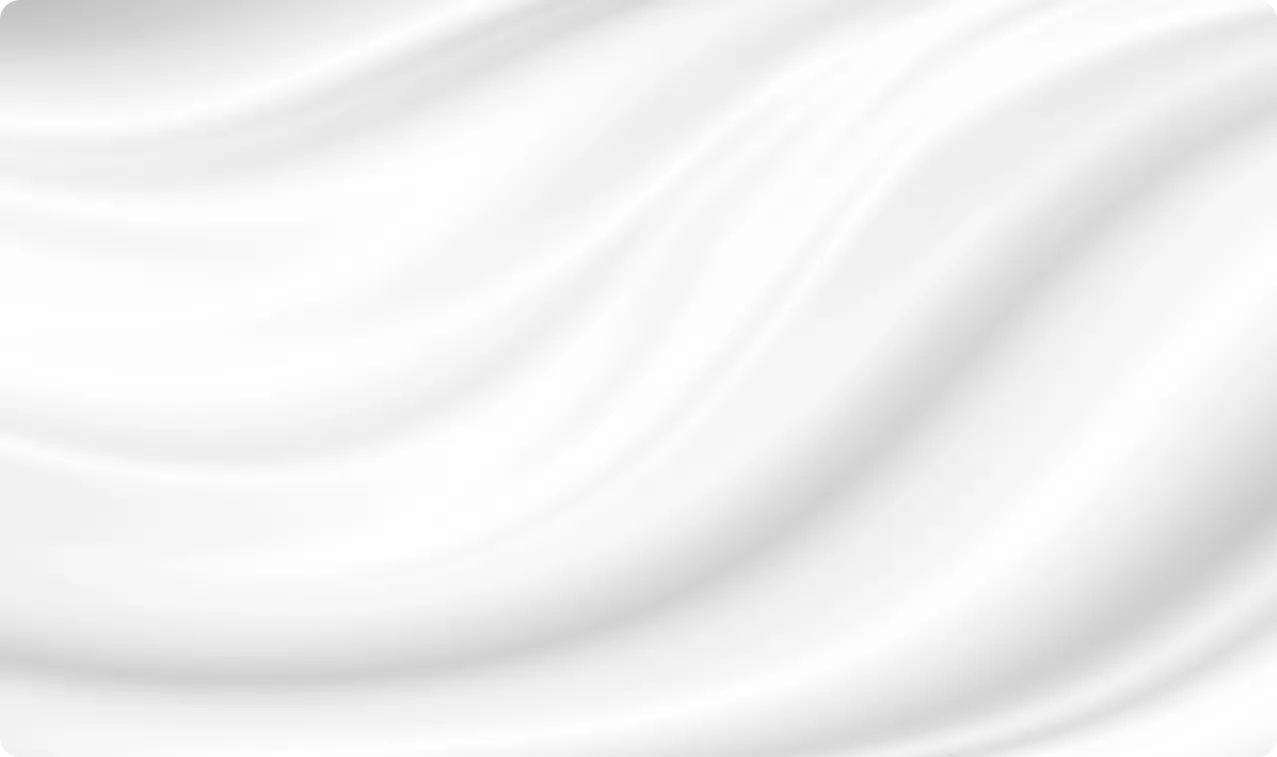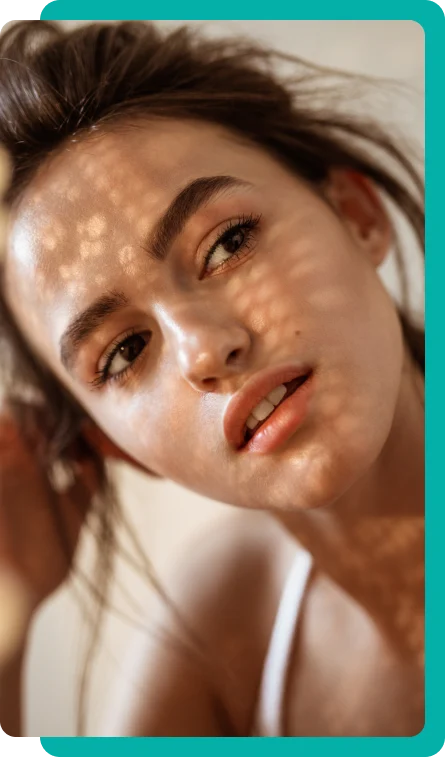Taking care of your face after a cosmetic procedure entails imposing self-limitations on your habits and movements. One of these limitations include the position on how you sleep to minimize the disturbance you place on your face after cheek fillers or any other cosmetic procedure.
So how are you supposed to sleep after undergoing a cheek filler treatment? It's best to sleep on your back to lessen the stress that you place on your face and the movement of the cheek filler material, which may cause visible asymmetry.
There's no hard evidence to prove that sleeping positions can greatly alter the results of a dermal filler treatment, but it won't hurt to opt for a safer position in which you lessen the stress you place on your face after facial filler injection -- sleeping on your back.
Sleeping on your back helps lessen the stress that you place on your face, the treated area, and helps keep your facial fillers intact. Here are some other tips to maximize comfort while sleeping after undergoing a cheek filler treatment or any other cosmetic treatment in the face:
When you're considering to have cheek fillers done, here are some tips you can follow to ensure that you'll be seeing the best results after you have them:
Depending on the filler material being used, a dermal filler may last from 6 months to 2 years. This means that the results you've seen may eventually wear off after this time period, and follow-up treatments are necessary to maintain your desired results.
It's best to go to master injectors like our team at Dr. Lanna Aesthetics to ensure that you will achieve your desired results while minimizing the possibility of getting complications like infections or under/overapplication.
Your injector of choice must have good qualifications and significant experience in doing dermal filler injections. Qualifications and experience mean having a good understanding of the recommended depths per filler product, appropriate application techniques, and tools and equipment that are properly cleaned and sterilized to prevent unwanted side effects.
Our team at Dr. Lanna Aesthetics has their patients’ best interest in mind, so it's also best to follow their aftercare instructions to avoid complications and suboptimal results.
Knowing your do's and don'ts after a dermal filler per your plastic surgeon's or injector's instructions can spell the difference between a good and a bad result. These instructions include ways to manage the side effects seen in the injection site and how to clean and take care of the treated area.
Here are some commonly known aftercare tips that you should observe:
Cheek filler injections are a generally safe cosmetic procedure, which is gaining popularity due to its less invasive nature than surgery. Common side effects are mild and self-limiting and may be managed by home remedies.
Most individuals who wish to undergo cheek filler procedure are ideal candidates for cheek fillers, given that they're of good physical qualities and are committed to taking care of their skin. However, some contraindications or characteristics that make a patient unsuitable for this skin treatment must be noted:
To help manage your expectations regarding the results of dermal fillers, it's also best to know the common and not-so-common side effects. Common side effects are the following:
Not-so-common side effects are the following:
If you now think that cheek fillers aren't for you, here are some alternatives that you may consider that can also provide the same benefits as cheek fillers:

Sleeping on your back is the best position to follow after cheek filler injections because this position helps minimize the stress you may put on your face and may help keep the filler product in place. This thus helps you have better results for your cheek implants.
Our highly-qualified and experienced team of injectors at Dr. Lanna Aesthetics can also help you achieve your desired results from our cheek filler treatments. Start seeing the best version of yourself with our world-class services and contact us today at (929) 565-7539.

New Patients Enjoy $100 OFF on Tox or Filler Appointments!
*minimum 1 full syringe or minimum 25 units; Cannot be combined
